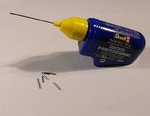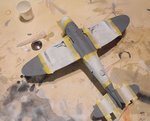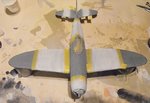meatloaf109
1st Lieutenant
Thanks for that on the shisle......
you did address this. My IPMS, or PMS as Annie refers to it, is doing an OOB build and I was told "if it ain't in the box, you can't use it"! Although scratch building is okay but you would have to use the sprue.
That's how we did it in the old days!



